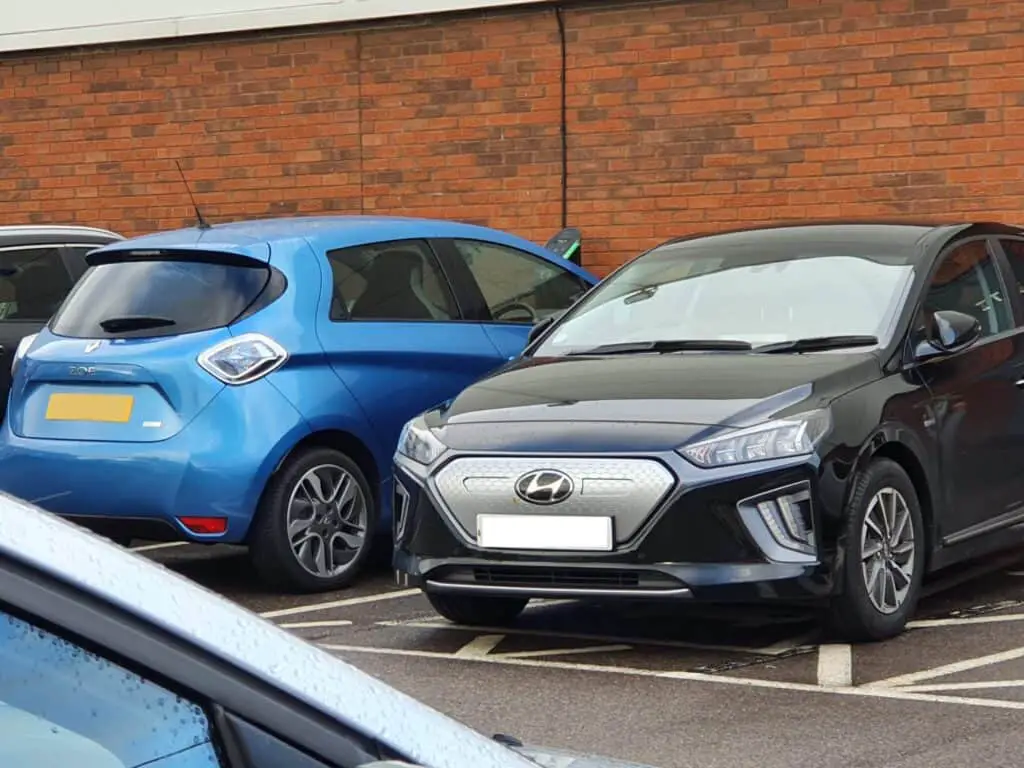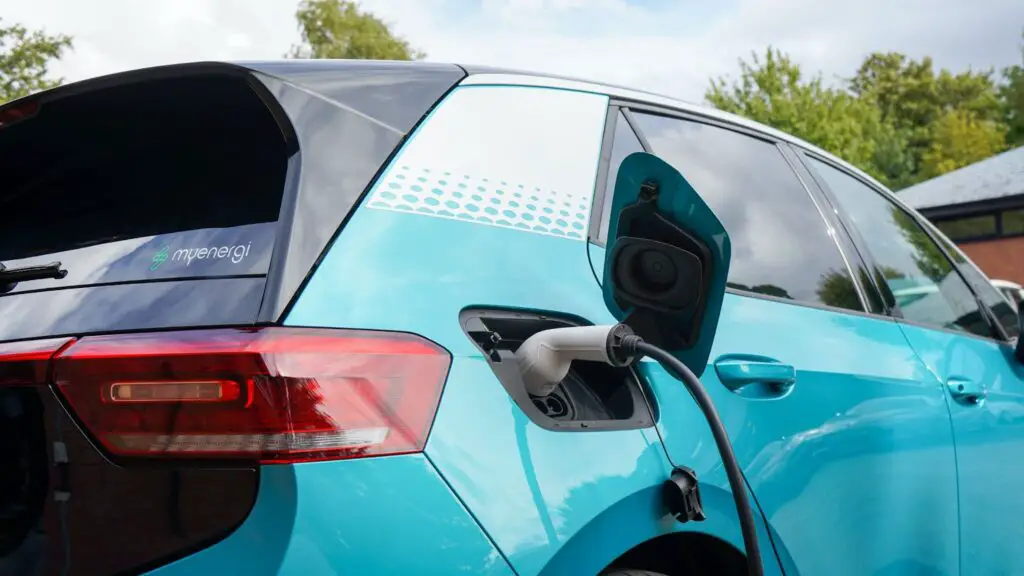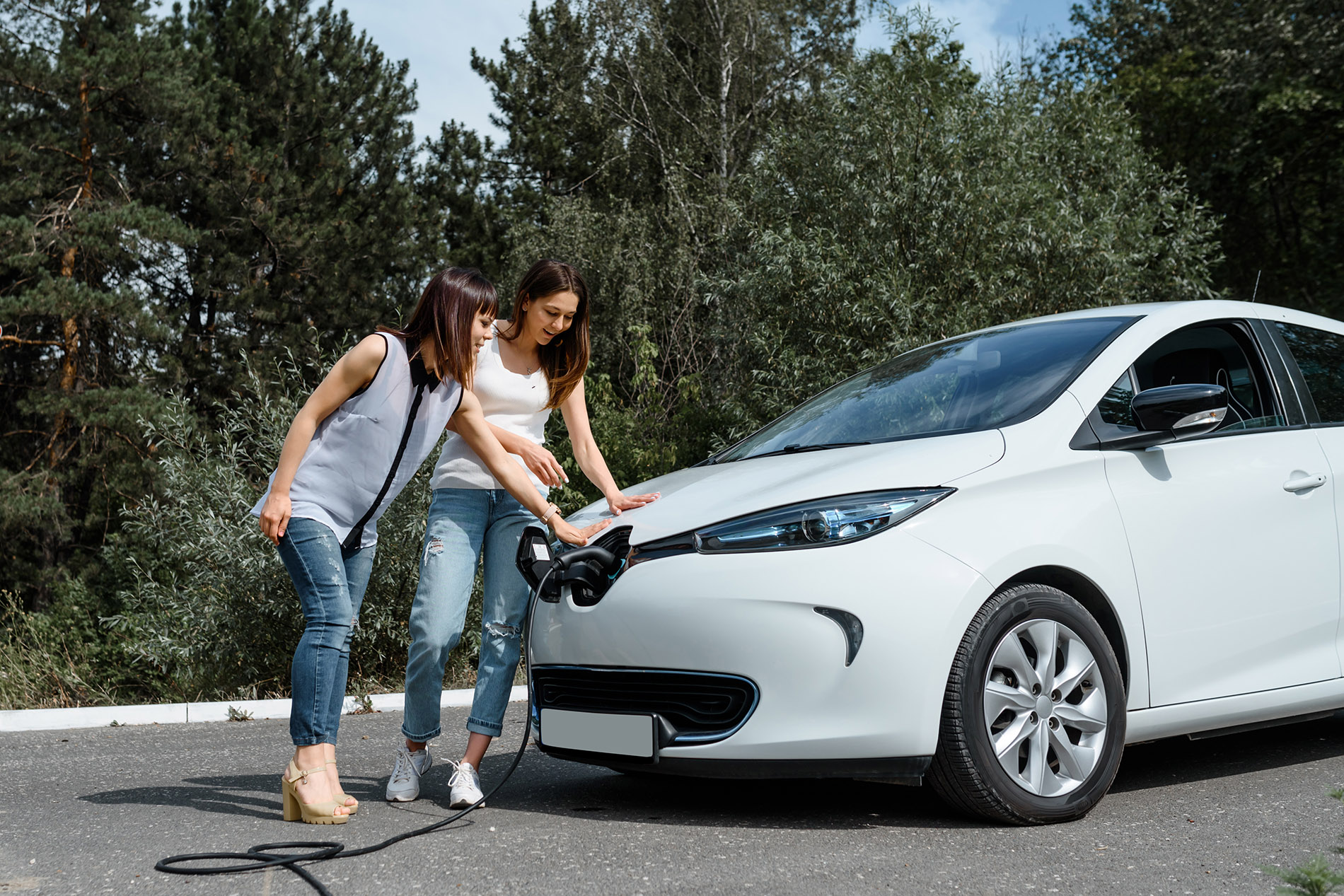Electric cars are becoming increasingly popular for their eco-friendliness, lower running costs, and smooth performance. But one common question many EV owners have is, “Why does my electric car lose charge when parked?”
The sight of a slightly depleted battery after leaving your car idle for a while can be confusing. Is it normal? What causes it? And how can it be minimized? Let’s dive deep into this topic and uncover the reasons behind this phenomenon while exploring practical solutions.
Standby Drain In Electric Vehicles
Electric cars, like any other modern technology, consume a small amount of power even when they are not in use. This is called standby drain or parasitic drain. Your EV doesn’t completely “shut off” when parked. Some onboard systems, such as the battery management system (BMS), alarm, remote monitoring, and keyless entry, remain active. These components rely on a trickle of energy from the battery to function properly.
Why Does My Electric Car Lose Charge When Parked?

Here are key systems consuming energy while parked.
1. Battery Management System (BMS)
The BMS is the brain of your electric car’s battery. Its role is to monitor and manage the battery’s health, prevent overcharging, and regulate temperature. Even when your car is parked, the BMS works in the background to ensure the battery stays within safe parameters, especially in extreme weather conditions.
2. Connectivity Features
Most modern electric vehicles are equipped with smart connectivity features like apps that allow you to check battery status, pre-condition the cabin, or locate your car remotely. These features require constant communication between the vehicle and external servers, leading to minor battery consumption.
3. Security Systems
The alarm system and keyless entry mechanism remain on standby to ensure the car’s safety. These systems draw power from the battery to stay active, so your car can respond instantly when you unlock it or if there’s an attempted break-in.
4. Temperature Control in Extreme Weather
If your electric car is parked in extremely hot or cold conditions, the BMS may activate the thermal management system to protect the battery from temperature-related damage. This system uses power to heat or cool the battery as needed, causing a gradual drain.
How Much Charge Loss Is Normal?
A slight loss of charge when your car is parked is completely normal. On average, EVs may lose around 1-2% of their charge per day due to standby drain. The rate can vary depending on the car model, battery capacity, and external factors like temperature and how many systems are left running.
If the drain seems excessive—such as a significant drop in charge within a few hours—this may indicate a problem, like a software glitch or an outdated firmware update.
Factors That Increase Standby Drain
Here are the common factors that increases standby drain in electric vehicles.
1. Extreme Weather Conditions
As mentioned earlier, extreme heat or cold can accelerate battery drain due to the activation of thermal management systems. For example, sub-zero temperatures can slow down chemical reactions inside the battery, prompting the BMS to use more power to maintain optimal performance.
2. Third-Party Accessories
Aftermarket devices such as dashcams, trackers, or other electronics that remain active when the car is parked can contribute to additional battery drain.
3. Frequent App Use
Using your EV’s app excessively to check the battery status, climate control, or location can indirectly drain the battery since the car stays connected to the server for updates.
4. Poor Software Optimization
Sometimes, the car’s software may not efficiently manage power consumption while parked. Regular updates from the manufacturer often fix such issues.
Tips to Minimize Charge Loss When Parked
Here are helpful tips to minimize electric vehicles charge loss when parked.
1. Park in a Temperature-Controlled Environment
Whenever possible, park your car in a garage or shaded area to protect it from extreme temperatures. This reduces the need for the thermal management system to activate and consume power.
2. Turn Off Unnecessary Features
Disable non-essential features such as cabin pre-conditioning, always-on connectivity, or third-party accessories when not in use. These small adjustments can significantly reduce standby drain.
3. Update Your Car’s Software
Manufacturers often release updates to improve efficiency and optimize battery usage. Keeping your car’s software up-to-date can help minimize charge loss.
4. Avoid Leaving Your Car at Low Charge
If you know your car will be parked for an extended period, charge it to around 50-80%. This range is considered ideal for maintaining battery health and reducing unnecessary drain.
5. Use Energy-Saving Modes
Some EVs come with energy-saving modes or “sleep” features designed to reduce battery consumption during periods of inactivity. Activating these modes can make a noticeable difference.
Is Standby Drain Harmful to Your Electric Vehicles?
The slight charge loss your electric car experiences when parked isn’t harmful to the battery or the vehicle itself. EV batteries are designed to handle such scenarios without any long-term damage. What matters is maintaining proper care and ensuring the battery doesn’t drop too low, especially if the car will remain parked for weeks or months.
When to Seek Assistance
If your EV is losing a substantial amount of charge quickly or if you notice unusual behavior, such as the battery draining overnight, it might indicate a deeper issue. This could be related to a malfunction in the BMS, faulty wiring, or outdated firmware.
Future Innovations to Address Charge Loss in Electric Vehicles

As electric vehicle technology continues to advance, manufacturers are working on ways to minimize charge loss during idle periods. Improved battery designs, smarter software, and more efficient energy-saving modes are being developed to tackle this issue. Some newer EV models already boast significantly reduced standby drain compared to earlier versions.
Frequently Asked Questions (FAQs)
Can weather conditions affect how quickly my electric car loses charge when parked?
Yes! Weather plays a huge role in how your electric car behaves. If it’s freezing cold, your battery works harder to maintain its temperature, even when the car is off. Similarly, in extreme heat, the battery management system might activate to protect the battery from overheating. Both situations can drain your battery faster than you’d expect. If possible, park in a garage or shaded area to keep things stable.
Is it normal for all electric cars to lose charge when parked?
Yes, it’s completely normal! All electric cars experience what’s called “parasitic drain.” This happens because some car systems, like security features or software updates, remain active even when the car is off. The amount of charge loss varies between car models, but it’s part of owning an EV. It’s nothing to panic about unless the loss is unusually high.
How much charge should I leave in my battery when parking for a long time?
Aim for a charge level between 50% and 80% before leaving your car parked for an extended period. Keeping it fully charged or letting it drop too low can strain the battery over time. Think of it like your phone—you wouldn’t leave it at 0% or plugged in at 100% for weeks, right? It’s all about balance to keep your battery healthy.
Can using apps or remote features drain my EV battery while parked?
Yes, they can! Features like remote climate control or frequently checking your car’s status through an app can consume power. Every time you connect to your car, it “wakes up” systems that use energy. If you’re not in a rush, try limiting how often you use these features to preserve charge while the car is parked.
Should I disconnect my EV from the charger when parked long-term?
It depends on the situation. If your charger has a feature to maintain a steady trickle charge, you can leave it plugged in without worry. But if it doesn’t, unplugging the car after reaching the ideal charge level (around 80%) is better. This prevents overcharging, which could wear down the battery over time.
Is parking my electric car in a cold climate harmful to the battery?
Not necessarily harmful, but it can reduce efficiency. In colder climates, batteries naturally lose charge faster because they struggle to stay warm. While it’s not ideal, it doesn’t permanently damage the battery if you take precautions. Try preconditioning the car (warming it up while still plugged in) or parking indoors to minimize the impact. Think of it as bundling up for winter—it’s all about keeping cozy!
Final Thoughts
Electric cars may lose a small amount of charge when parked, but this is a normal aspect of their design. The systems that consume energy while idle are essential for maintaining battery health, security, and convenience. By understanding the causes and implementing practical solutions, you can minimize charge loss and maximize your EV’s performance.

